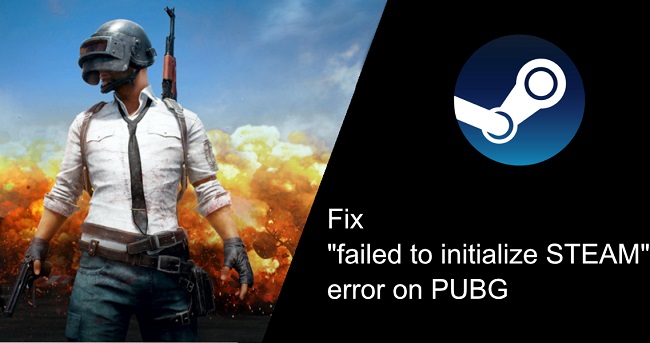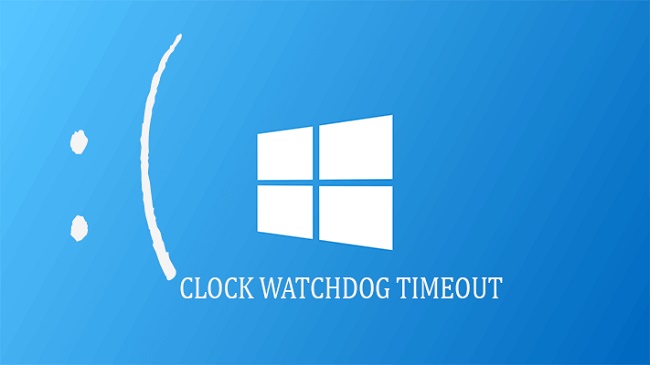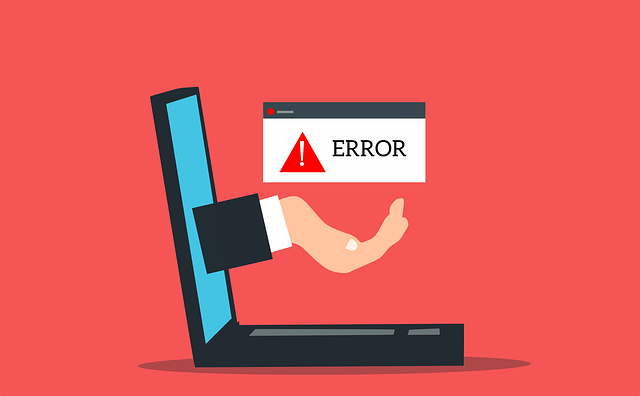Windows’ 32GB format limit on FAT32 was originally conceived upon by Microsoft engineer Dave Plummer in the 1970s. Plummer carefully considered the potential Windows user base when deciding on the optimal cluster size.
Since the FAT32 file system had already reached its maximum number of clusters, his only choice was to set the proper volume size. The thinking behind 32gb windows format is that using FAT32 for huge amounts of data was wasteful.
Attempting to make the cluster bigger would necessitate adding more room to it, which would be wasteful and expensive. This left him with the choice of selecting a cluster size of 32 kilobytes, which would leave no spare room even when storing files as small as a few bytes.

Format FAT32 Drives Beyond 32GB
Although FAT32 has limitations in regards to file size, access control lists, and disk quotas, it is adequate for basic sneaker-net type operations between operating systems. One major issue arises, however, when the user attempts to prepare a disk for use in this way: FAT32 formatting of disks and partitions in Windows is limited to 32GB.
Read Also:
- McaFee.Com/Activate
- Windows Modules Installer Worker
- iTunes is Waiting For Windows Update To Install The Driver For This iPhone
You may create a partition that’s 32GB at first, and then expand it to use up the remaining space. However, Windows’ built-in resizing utilities do not work with any file format besides NTFS. FAT32 Format, developed by Ridgecrop Consultants Ltd., is the only program I’ve seen that can get around the 32GB constraint.
At first glance, FAT32 Format appears to be extremely similar to Windows’ default format tool. Get this program, launch it, select the drive or partition you want to format, and you’re done. Not much else can be said about it.
How Can You Break the FAT32 File Size Limit?
The command prompt is readily available for most Windows machines, making it the most convenient means of exceeding the FAT32 size limit. Windows boot problems, disk management, and running batch files are all tasks that can be accomplished through the command prompt.
By following these instructions in the command prompt, you will be able to escape FAT32’s restrictions and use NTFS instead.
Step 1: Open the Run dialog box by pressing the Windows key plus R.
Step 2: Launch the command prompt by entering “cmd”
Step 3: Hit the Enter key after typing “help convert.”
Step 4: At the prompt, type the following command:
convert (drive letter): /fs:ntfs.
Step 5: When the conversion is finished, press the Exit key to exit the program. After converting the FAT32 partition to NTFS, you are no longer restricted to a maximum file size of 32GB.
Read Also:
Conclusion
There is now a conclusive solution to the question of why the Windows user interface imposed a 32GB limit on the formatting of FAT32 volumes: “because I said so,” claimed the engineer responsible for the decision.
Considering that the file system’s theoretical maximum volume capacity is 16 terabytes, the limit has long appeared arbitrary. Changing to a different formatter or entering the command line will easily change the defaults.
Here is The thinking behind 32gb windows format. But if you prefer to use Plummer’s default user interface, you’ll have to use the Format dialog. For FAT32, that meant a limit of 32 gigabytes.
















